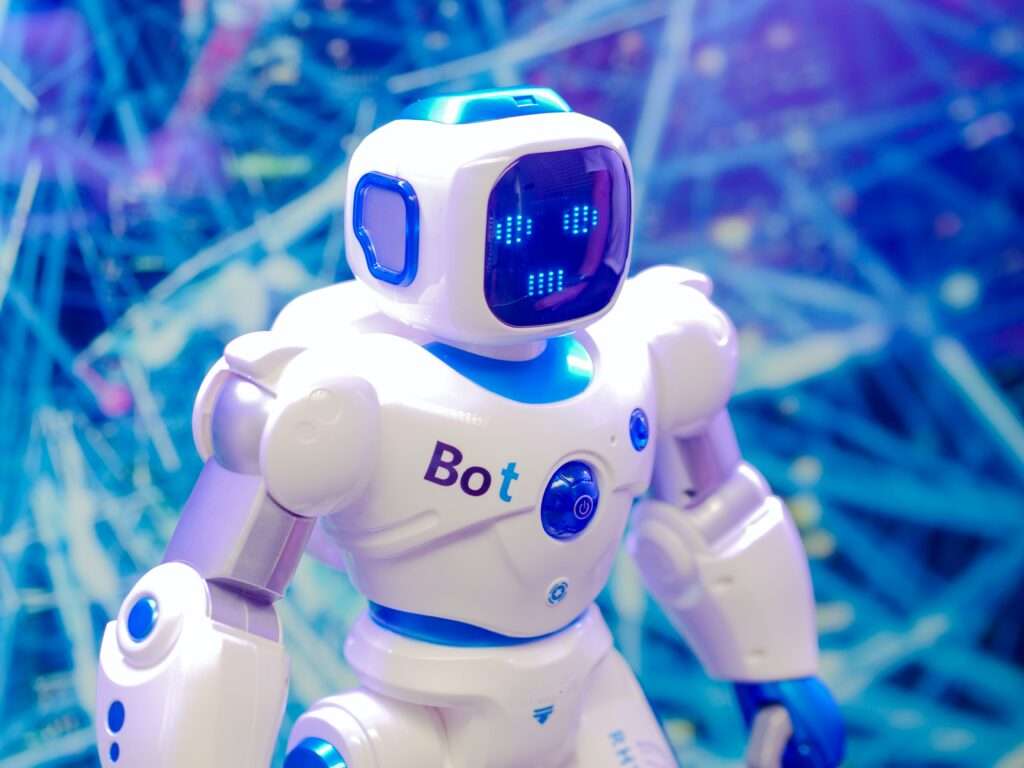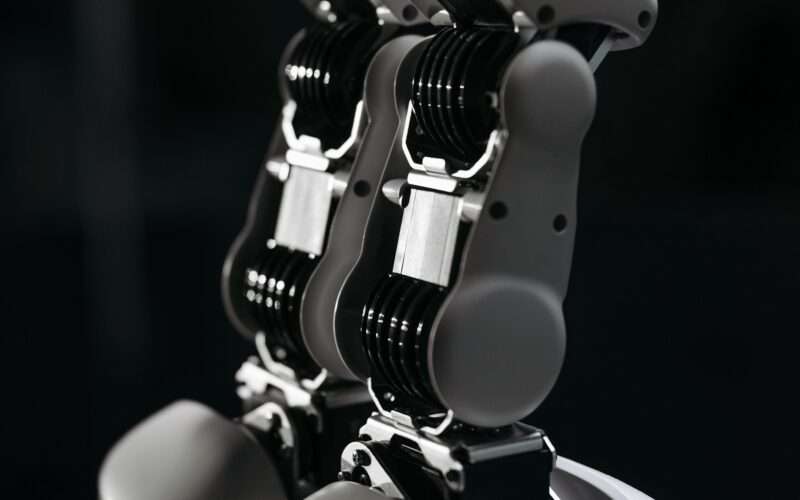The future of robotics and automation in the workplace is a topic that has been widely discussed in recent years. According to a report by the World Economic Forum, robots and automation are expected to displace 85 million jobs by 2025 but will also create 97 million new jobs. The report suggests that the jobs that are most at risk of being automated are those that involve repetitive tasks such as data entry, assembly line work, and customer service. However, the report also suggests that there will be an increased demand for jobs that require human skills such as creativity, critical thinking, and problem-solving.
Rise of the digital workforce
Automated systems can detect inefficiencies that a human mind can skip unknowingly, while AI-driven systems help ensure no errors. As a result, there may be less demand for supervisory roles whose main goal is quality assurance and productivity management. These digitally driven systems also allow workers to have small breaks and more freedom from jobs have become more intense and stressful in current times. This is the most frequent feature of robotics and automation adoption: the augmentation of human effort, rather than the replacement of it. This practice paves the way for the most ideal situation – humans and robots working side by side, empowering and revolutionizing the whole spectrum of work. The fear that robots might come for the jobs, become the boss, stands invalid.
The digital workforce enables effective management of resources – various industries leverage AI-driven solutions to address the unavailability of human resources and drive enhanced customer service. One example we see frequently: a new service model that integrates robotics and automation with e-commerce to provide more personalized services.
In the post-pandemic world, the demand for robots is only going to increase. But that demand will not subside once the effects of the pandemic are absorbed in the broader economy. The digital spaces iterate innovation by facilitating an easy and comprehensive understanding of shortcomings and providing corrective measures. Digital space also reduces risk by effectively addressing any unexpected threats to safety and security, as it did in the COVID-19 pandemic. Statistically, 48% of experts envision a future inclusive of robots and digital agents that would play a significant role for both blue- and white-collar workers.

As AI continues to evolve, it has the potential to revolutionize industries and create new opportunities for innovation and growth. From autonomous vehicles to personalized medicine, AI is already changing the way we live and work.
Challenges in digital workforce transformation
Automated management starts with the workflow and uses certain algorithms to ensure superior results. However, a few challenges limit the effectiveness of the digital workforce and ongoing transformation, such as:
- Lack of expertise to lead digitization initiatives
- Lack of overall digitization strategy
- Unstructured infrastructural changes
- Limited budget on the initial investment
- Issues in human-digital workflow integration
- Difficulty of the human workforce to adapt and internalize the digital processes
Wrap Up
With faster, more accurate data processing and the ability to automate repetitive tasks, AI and robotics help employees stay focused on creative solutions and complex problem solving, thus increasing efficiency. Minimal human intervention and rising automation have given rise to full-scale robotics in various industries. These technologies are equipped to compete in a fast-changing workspace environment and respond to constant changes that are hard to predict.
When robots and automation are implemented in a business effectively, they don’t replace jobs. They augment them to drive greater productivity. Infact, some research has shown that robots are actually driving the creation of new job positions.





